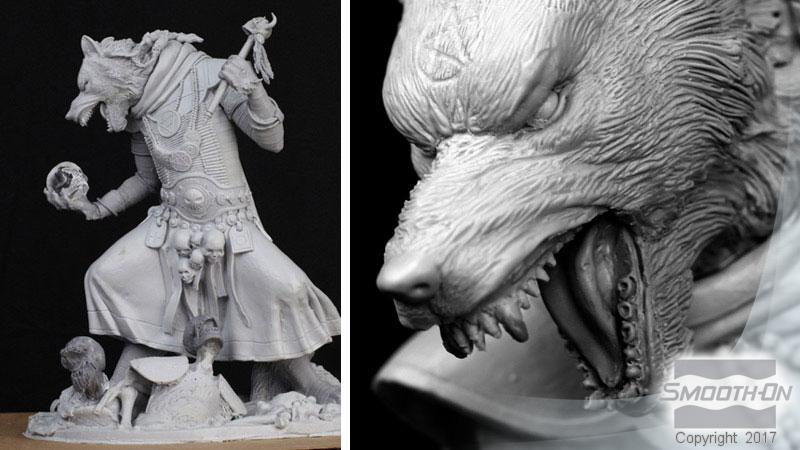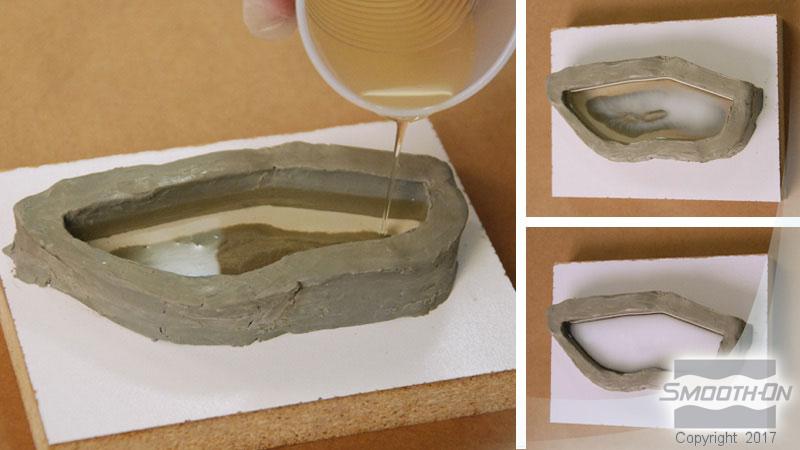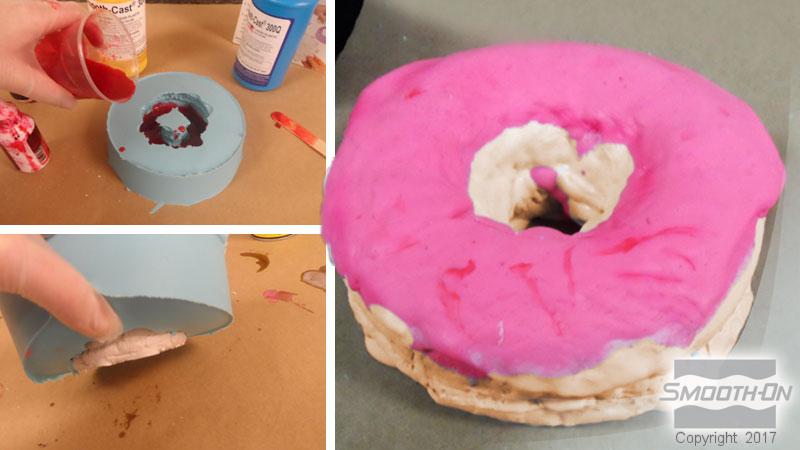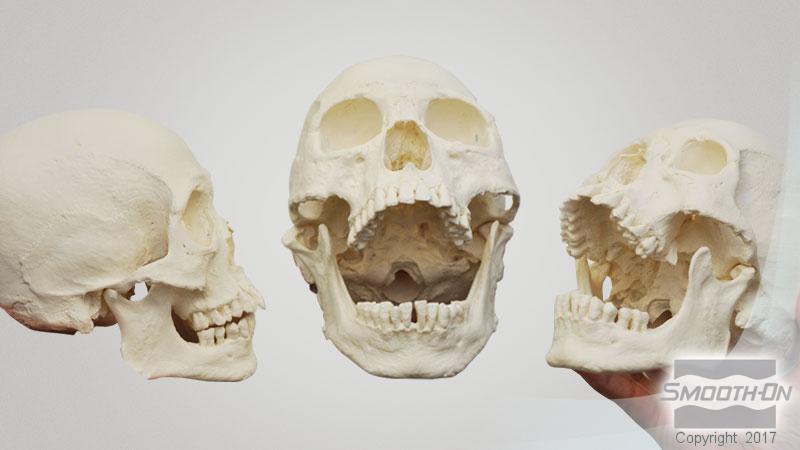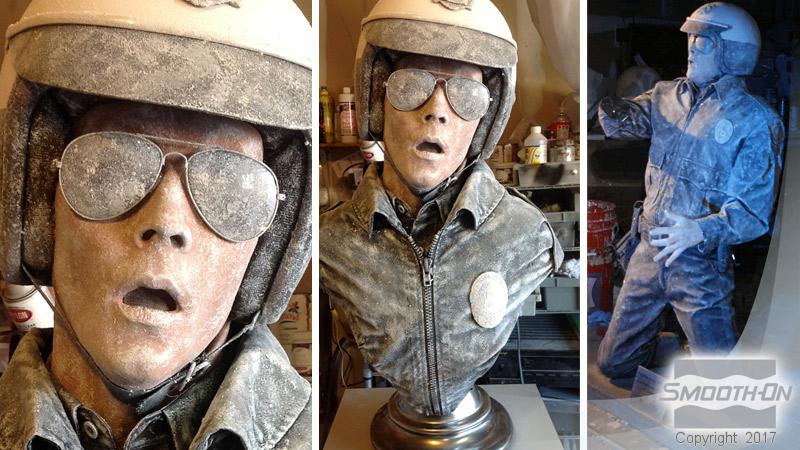Smooth-Cast® 300Q
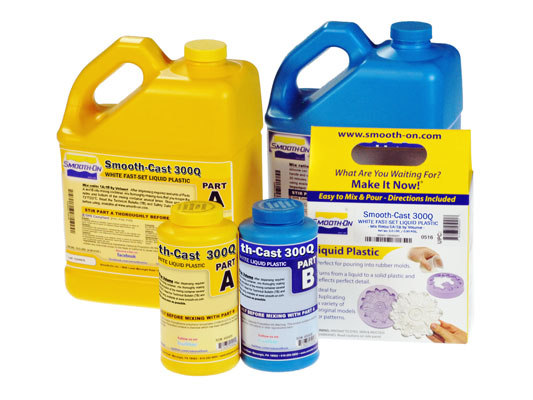
树脂添加填料容易(如URE-FIL®3),并可以使用SO-Strong®或Ignite®颜色着色(Smooth-Cast®325系列着色性比SmoothCast®300系列更好)。完全固化的浇注件坚韧、耐用、可加工和可涂漆。浇注件耐潮湿和温和的溶剂。Smooth-Cast®300Q应用包括复制中小型雕塑、制作原型模型、特殊效果道具和装饰珠宝。
制作旋转浇注件,参考Smooth-Cast®65D技术公告
说明
Applying A Release Agent - A release agent is necessary to facilitate demolding when casting into or over most surfaces. Use a release agent made specifically for mold making (Universal® Mold Release or Mann’s Ease Release® 200 available from Smooth-On or your Smooth-On distributor). A liberal coat of release agent should be applied onto all surfaces that will contact the plastic.
IMPORTANT: To ensure thorough coverage, apply release and brush with a soft brush over all surfaces. Follow with a light mist coating and let the release agent dry for 30 minutes. Smooth-On silicone rubber molds usually do not require a release agent unless casting silicone into the mold. Applying a release agent will prolong the life of the mold.
MEASURING & MIXING... Liquid urethanes are moisture sensitive and will absorb atmospheric moisture. Mixing tools and containers should be clean and made of metal, glass or plastic. Materials should be stored and used in a warm environment (73°F/23°C).
Stir or shake both Part A & Part B thoroughly before dispensing. After dispensing equal amounts of Parts A and B into mixing container (100A:90B by weight) and mix thoroughly. Stir deliberately making sure that you scrape the sides and bottom of the mixing container several times. Be careful not to splash low viscosity material out of the container.
POURING, CURING & PERFORMANCE...
Pouring - Pour your mixture in a single spot at the lowest point of the containment field and let the mixture seek its level. This will help minimize air entrapment.
For Best Results - Best results are obtained using a pressure casting technique. After pouring the mixed compound, the entire casting assembly (mold, dam structure, etc.) is placed in a pressure chamber and subjected to 60 PSI (4.2 kg/cm2) air pressure for the full cure time of the material.
Curing - Warning: Fumes, which may be visible as this product starts to “gel” and cure, will dissipate with adequate ventilation. Only use this product with room size ventilation and do not inhale/breathe fumes. Castings will be extremely hot immediately following cure and may burn the skin. Let cool to room temperature before handling. Smooth-Cast® 300 will cure in 7 - 10 minutes (Smooth-Cast® 305 in 30 – 40 minutes and Smooth-Cast® 310 in 2 - 4 hours) depending on mass and mold configuration.
Post Cure - Castings will reach “full cure” faster and achieve maximum physical properties if post cured. Allow material to cure for recommended Cure Time at room temperature followed by 4 - 6 hours at 150°F/65°C. Allow casting to come to room temperature before handling.
Performance - Cured castings are rigid and durable. They resist moisture, moderate heat, solvents, dilute acids and can be machined, primed/ painted or bonded to other surfaces (any release agent must be removed). If machining cured material, wear dust mask or other apparatus to prevent inhalation of residual particles. Castings can be displayed outdoors after priming and painting. Unpainted castings will yellow over time - more quickly when exposed to ultra-violet light.
